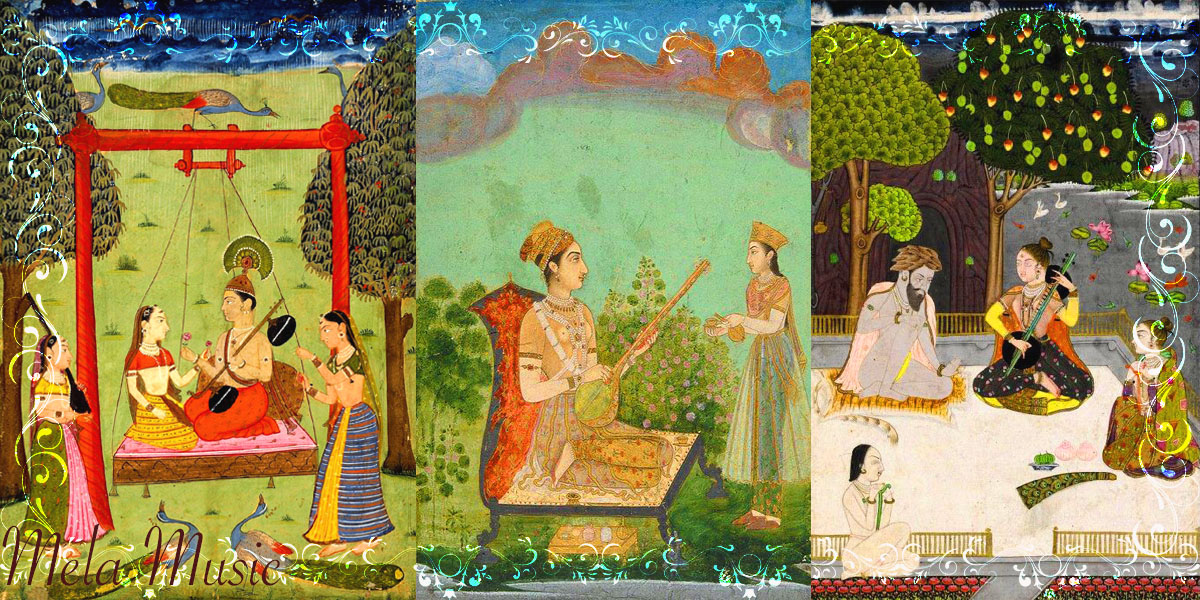
Raga Charukeshi is a popular raga in both Hindustani (North Indian) and Carnatic (South Indian) classical music. It is considered to be an evening raga and is associated with a mood of devotion, pathos, and longing.
In Hindustani classical music, Raga Charukeshi does not fall within the 10 thaats classified by Bhatkhande.
The melodic structure of Raga Charukeshi offers musicians ample opportunities for exploration and improvisation. They employ a range of ornamentations, such as meend (glides), gamakas (ornamental oscillations), and intricate note patterns, to bring out the raga’s distinctive character. The use of microtones and grace notes further enhances its expressiveness.
Raga Charukeshi has a rich repertoire of compositions in both vocal and instrumental music. Musicians often render it in various traditional forms like alap, vilambit khayal, drut khayal, tarana, and thumri. Its poignant and soul-stirring nature lends itself well to expressing emotions of longing, love, and spiritual yearning.
In Carnatic music, Raga Charukeshi is classified under the 26th Melakarta ragam out of the in the 72 Melakarta ragam systen of Carnatic music, and it has a slightly different melodic structure compared to its Hindustani counterpart. The Carnatic rendition of Raga Charukeshi has its own set of characteristic phrases, compositions, and improvisational patterns, showcasing the stylistic variations between the two classical music traditions.
Raga Charukeshi is widely appreciated and performed by musicians across different musical genres, including classical, semi-classical, and fusion. Its evocative and emotive appeal continues to captivate audiences and remains an integral part of the Indian classical music repertoire.
